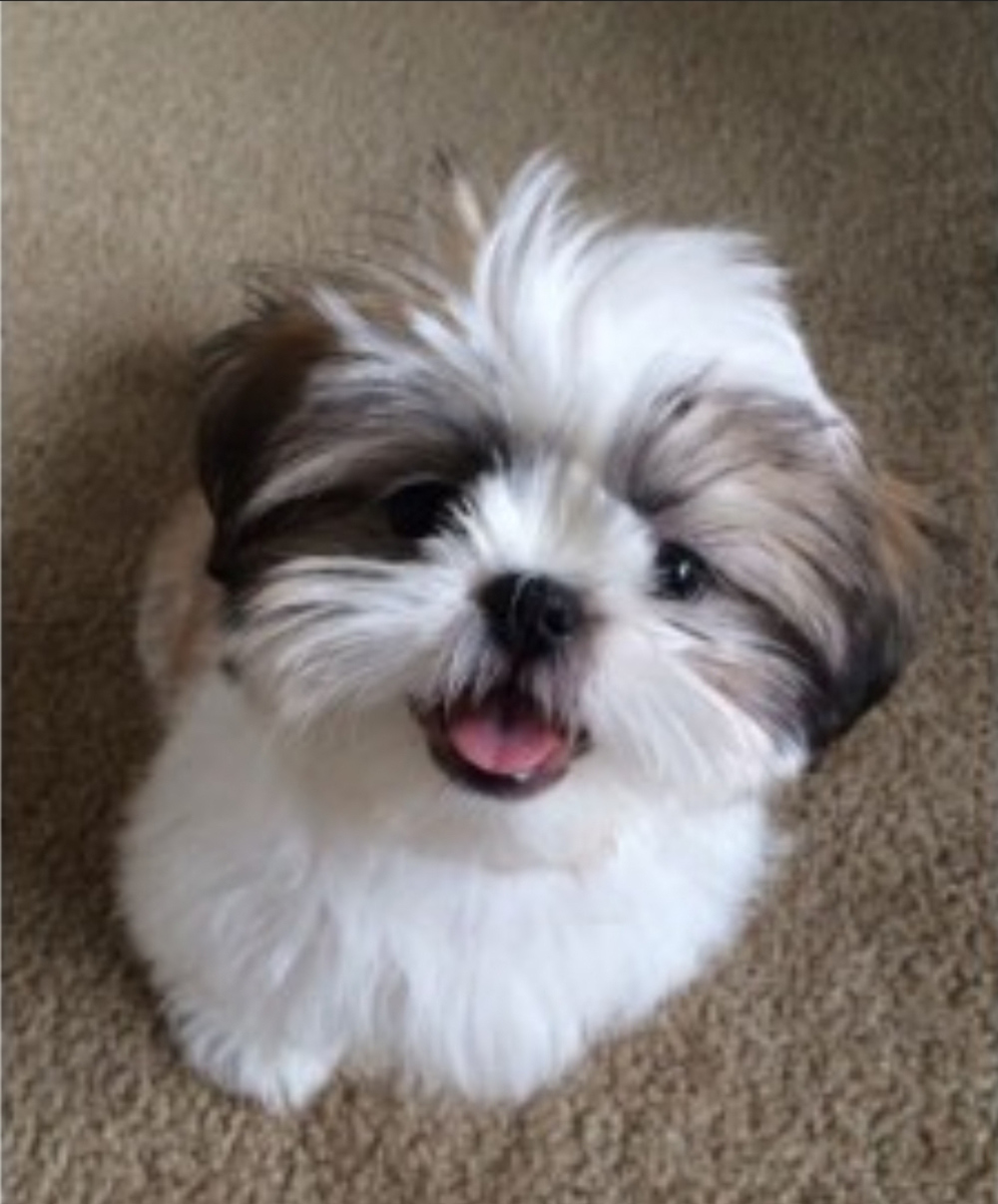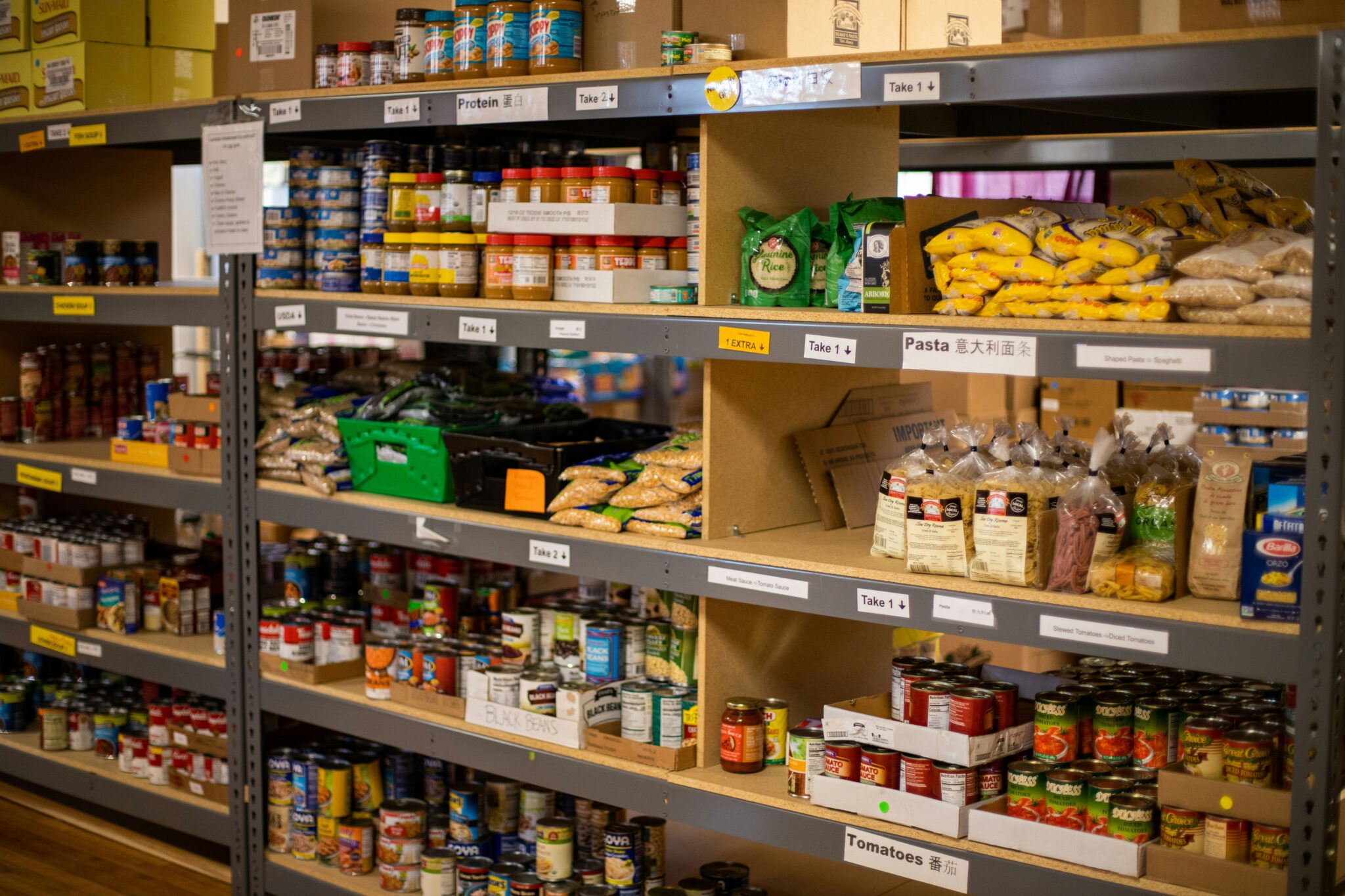By Heidi Clayton
I frequently receive calls from toy breed dog owners who have lost control of their homes to 10-pound furry terrorists.
I’m talking about “adorable” little lap dogs that incessantly bark, use the entire house as a toilet, jump on people, or my favorite, “nip” for attention. When I meet these dogs I instantly see who the leader is in the human-dog relationship, and it’s never the human.
A 2010 study published in Applied Animal Behaviour Science concluded that most owners of toy breeds do less training with their dogs as puppies.
The report titled, “Behavior of smaller and larger dogs: Effects of training methods, inconsistency of owner behavior and level of engagement in activities with dogs,” concludes that most people find toy breeds to be more fearful and less obedient than large breed dogs. That is not to say that toy breeds are less obedient, only that most people think they are.
In my experience training toy breeds, I find most of their behavioral issues stem from the human in their life simply forgetting that their toy breed, however small, is still a dog.
Toy breed puppies get away with murder during puppyhood. Because they are so tiny, jumping on people is tolerated much more from a toy poodle than it would be from a standard poodle. Snapping at or mouthing hands isn’t as big a threat from a little bichon puppy as opposed to one of my bull terrier puppies. The bottom line is teeth are teeth.
Most people don’t want a dog, regardless of size, jumping into their lap or excessively jumping and scratching their legs. Nipping at hands or body parts should never be on the menu of acceptable behaviors for any dog, no matter how tiny.
Toy or small dogs are the dogs I see most often suffering from separation anxiety, or struggling to walk on leashes without barking at everything or anything. While their owners call it “nipping,” I call it biting when they snap at someone when they want to pet them or pick them up.
In almost all of the cases, the tiny, cute toy puppy was treated way differently than their larger canine cousins. By virtue of their size, they did not receive any type of training. People think to themselves, “This little 8-pound Chihuahua will never control my life,” until they do.
One of the reasons I start training my bull terrier puppies at about 4 weeks of age is because terriers, by nature, are full of fire. I personally love that in them, but I also have to live with them. Teaching them commands like “sit” and “down” are more about instilling the emotional control needed for a dog to live in a human world.
Certainly keeping their teeth to themselves is high priority training. Your tiny Yorkie or ShiTzu needs the same training and life skills to function as any German shepherd or Rottweiler.
Training and treating your toy breed the same way one trains a large breed dog will prevent all of the problem behaviors often associated with small dogs. Toy dogs have a brain just like big dogs do. Don’t be afraid to put it to good use and train them before they take over your home.
Heidi Clayton started Four On the Floor Dog Training to provide positive, reward-based dog training in South Jersey. She breeds, trains and shows bull terriers under the SoraBully’s Bull Terriers kennel name. Email questions to heidi@fouronthefloordogtraining.net or learn more at fouronthefloordogtrainig.net.





